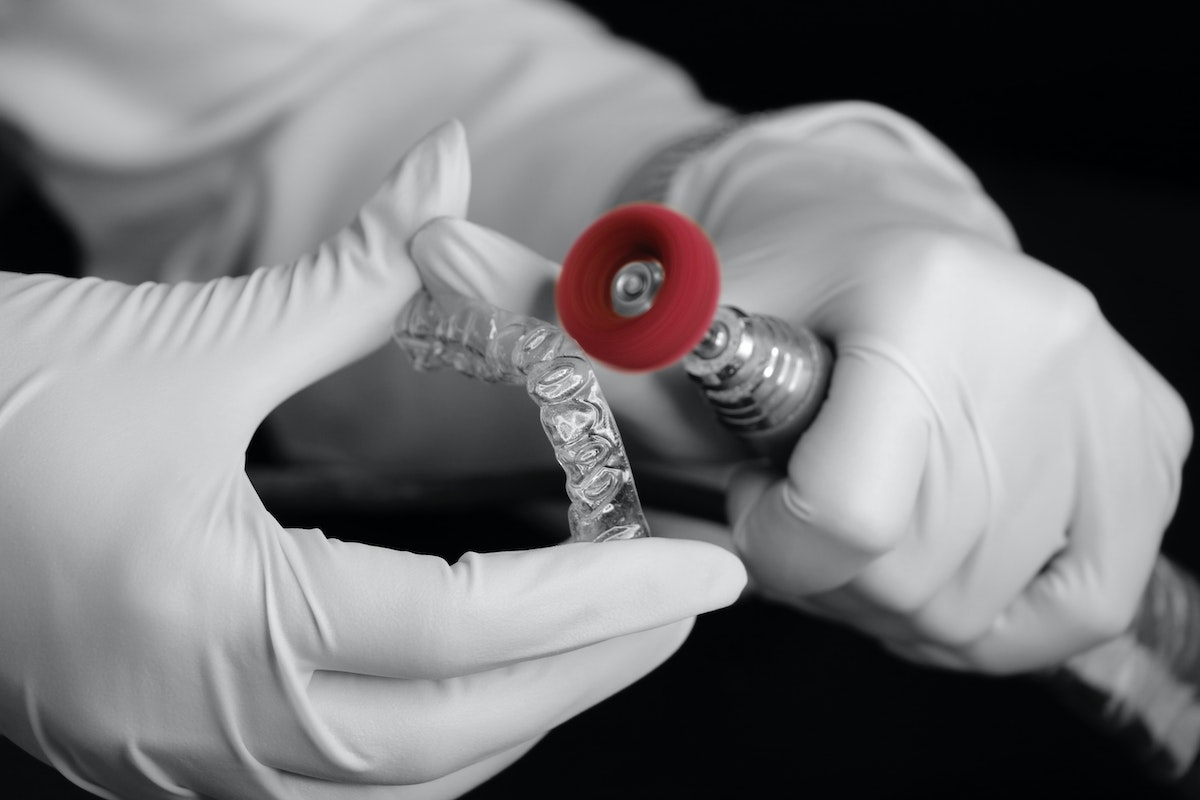Are you looking for a way to straighten your teeth without the hassle of wearing metal braces as an adult? If so, you may be interested in the use of invisible aligners to help you meet your orthodontic and aesthetic goals. This procedure is straightforward and is more lifestyle friendly for the majority of people. And despite what you may think, it is not as expensive as metal braces in most instances.
But before you rush off to book yourself in for a consultation about invisible aligners, you may have some questions about them and in this article, you will be given a brief guide to these aligners, how they work and how to take care of them and use them in daily life.
What are invisible aligners?
Invisible aligners like Invisalign Ryde are visually similar to sports guards but are made of clear plastic. They’re custom fitted to your teeth and move them over a series of 3 to 6 months or more. In a set of invisible aligners that you will receive from your dentist, there are usually 12 to 14 aligners which have to be used in the set order for maximum efficiency.

How they work
Invisible aligners work by applying pressure to your teeth to gently push them into the desired position. When you attend a consultation with your dentist about invisible aligners, if you are deemed suitable, they will use an intraoral scanner to take an image of your teeth. This is then sent to a dental laboratory where, using computer technology, a set of stages are mapped out to get your teeth from their current positions to the final desired ones. Once this is finalised, a set of aligners are printed to represent each step in the process.
Length of treatment
There are a few things to consider when aiming to predict how long you will wear your aligners. The first is the severity of the misalignment; in simple cases, you can have straighter teeth in as little as 3 months. For more complex cases, it may take between 6-9 months or longer but your dentist will be able to give a more appropriate prediction. The second factor is how long you wear the aligners each day; you will need to wear them for a minimum of 22 hours for them to work. If you don’t, your teeth may revert to their previous positions or stop moving altogether. So to keep your treatment on track make sure you wear the aligners for the specified time set down by your dentist.
Daily care
The daily care of aligners is extremely simple. To keep them clean, all you need to do is rinse them under a cold tap and gently remove debris with a soft-bristled toothbrush. Under no circumstance should you attempt to remove the debris with hot water or mouthwash; the first can cause the aligners to warp, and the latter can cause them to discolour. There are many aligner washes you can use twice a day if you want your aligners to taste minty too!
Potential complications
As with most things that involve moving your teeth, there is a slight chance that you may experience an issue with tracking. This is simply when your aligners do not slot over your teeth correctly, potentially causing air bubbles to form between the plastic and the teeth. This can be caused by improperly inserting the aligners, or may be due to an issue with the printing process. If you notice that your aligners do not appear to be moving your teeth on schedule, contact your dentist for advice.
DISCLAIMER OFFSITE
Any surgical or invasive procedure carries risks. Before proceeding you should seek a second opinion from an appropriately qualified health practitioner.

